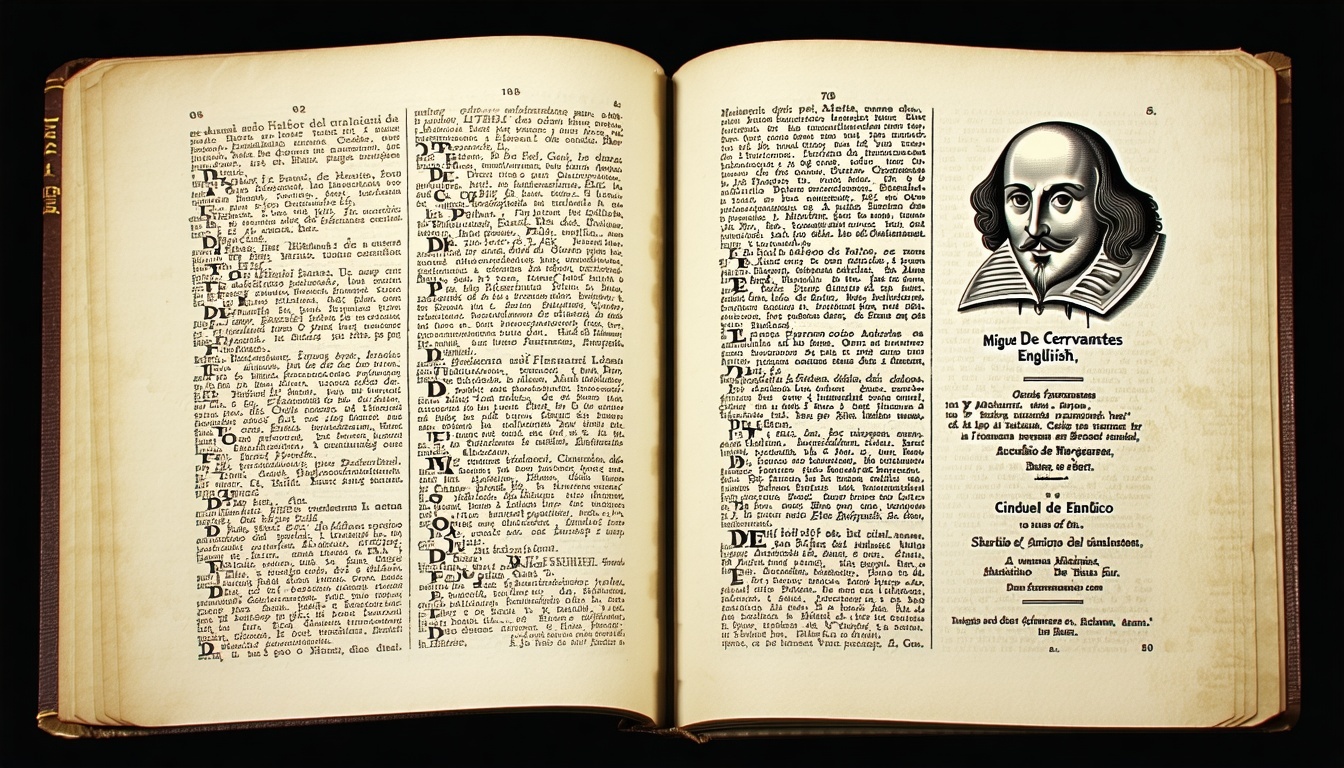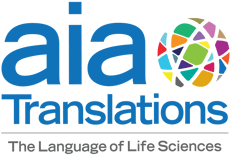Celebrating English and Spanish Language Day
Medical Pharmaceutical Translations • Apr 21, 2025 12:00:00 PM

Each year on April 23rd, the world observes English Language Day and Spanish Language Day, two celebrations established by the United Nations to recognize the richness, history, and global impact of these two languages.
In the world of healthcare, words are not just tools — they are life-saving instruments. Whether conveying complex clinical data or helping a patient understand a diagnosis, the right translation can make all the difference.
Why April 23rd?
The choice of April 23rd is deeply symbolic. It commemorates the deaths of two literary giants: William Shakespeare, widely considered the greatest writer in the English language, and Miguel de Cervantes, the celebrated author of Don Quixote, a foundational work of Spanish literature.
Though they died on the same date in 1616, the calendars in use at the time differed: England was still using the Julian calendar, while Spain had adopted the Gregorian. Still, the shared date serves as a powerful reminder of how these two languages have shaped not only literature but also global communication and culture.
Recognizing this day encourages appreciation of linguistic diversity and promotes multilingualism — key values not only in the literary world but in sectors like healthcare, where understanding across languages can literally save lives.
The Global Reach of English and Spanish
Today, English and Spanish are two of the most spoken languages worldwide. English is often considered the international language of science and medicine, and is the dominant language of global health research, regulatory affairs, and pharmaceutical development. Spanish, spoken by over 500 million people globally, is one of the most prevalent languages in healthcare systems across Latin America, the United States, and parts of Europe.
For organizations working in public health, clinical trials, pharmaceuticals, or hospital networks, effective communication in both English and Spanish is not just a convenience — it’s a necessity.
The Importance of Language in Medical Communication
In healthcare, communication is far more than exchanging information. It’s about ensuring understanding, consent, accuracy, and empathy. A mistranslation of dosage instructions, side effects, or informed consent documents can result in serious consequences.
That’s where professional medical translation becomes essential. As translators, our mission is to bridge the language gap with precision, integrity, and deep knowledge of medical terminology and local cultures. Expert linguists and subject-matter specialists ensures that every word is translated not just for meaning, but for context, tone, and clarity.
Whether we are translating patient records, pharmaceutical packaging, regulatory submissions, or health awareness campaigns, we are driven by one goal: making healthcare more accessible and safer for all — regardless of language.
Language as a Tool for Equity in Healthcare
Celebrating English and Spanish Language Day is also a call to action. It’s a reminder that linguistic accessibility is a cornerstone of health equity. Patients should be able to receive care, understand treatment plans, and make informed decisions — in the language they know best.
In increasingly multicultural societies, investing in professional translation and interpretation services is not optional. It’s a matter of ethical, legal, and clinical responsibility. Accurate language services can reduce medical errors, increase patient satisfaction, and improve health outcomes.
A Day to Celebrate — and Reflect
So on this April 23rd, we proudly celebrate the beauty, history, and power of the English and Spanish languages. We honor the legacy of Shakespeare and Cervantes, and we salute every medical translator, interpreter, and healthcare provider who works to ensure that language is never a barrier to health and well-being.
Because words matter. And in healthcare, they can be the difference between confusion and clarity, between risk and safety, between illness and healing.
